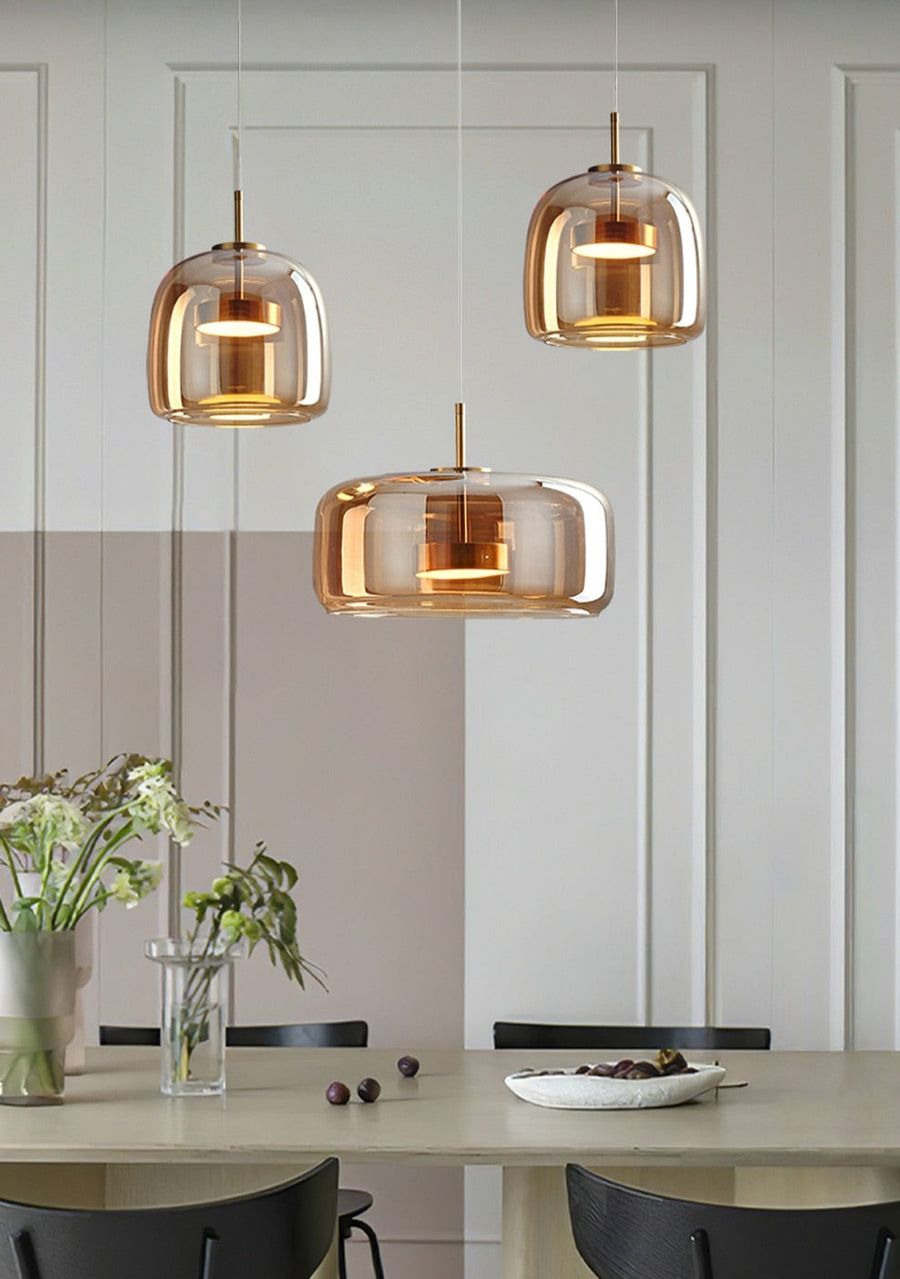
Kitchen lights design plays a crucial role in creating a functional and visually appealing cooking space. Adequate lighting is essential for performing everyday kitchen tasks such as meal preparation, cooking, and cleaning. When designing the lighting for a kitchen, it is important to consider the different types of lighting needed for various areas. Task lighting, such as under-cabinet lights or pendant lights over the kitchen island, illuminates specific work zones for food preparation and cooking. Ambient lighting, such as recessed ceiling lights or track lighting, provides overall illumination for the entire room. Accent lighting, such as LED strip lights or wall sconces, adds a decorative touch and highlights certain features in the kitchen like artwork or architectural elements. Additionally, choosing energy-efficient LED lights can help save on electricity costs and reduce the environmental impact of the kitchen lighting design. By carefully selecting and positioning different types of lighting fixtures, homeowners can create a well-lit and inviting kitchen space that is both practical and stylish.
When it comes to designing a kitchen, one of the most critical elements to consider is the lighting. Proper lighting can enhance the functionality and aesthetic appeal of a kitchen. There are various types of lighting that you can incorporate into your kitchen design to achieve the desired ambiance and functionality. From task lighting to ambient lighting, each type serves a specific purpose in creating a well-lit and inviting space.
Task lighting is essential in areas where food preparation and cooking take place. Under cabinet lighting, pendant lights over the kitchen island, and recessed lighting above the sink are all examples of task lighting that can illuminate workspaces effectively. Ambient lighting, on the other hand, helps create a warm and inviting atmosphere in the kitchen. This type of lighting can be achieved through the use of chandeliers, track lighting, or even wall sconces, depending on the overall design aesthetic of the space.
Incorporating a combination of task, ambient, and accent lighting can help create a well-balanced and visually appealing kitchen lighting design. Accent lighting, such as LED strip lights or spotlights, can highlight architectural features or decorative elements in the kitchen. By carefully planning and strategizing the placement of various light fixtures, you can effectively illuminate the entire kitchen space and create a welcoming environment for your family and guests. Remember, good lighting design is not just about functionality; it’s also about creating a warm and inviting atmosphere that enhances the overall look and feel of your kitchen.
 Decoration Ideas
Decoration Ideas










